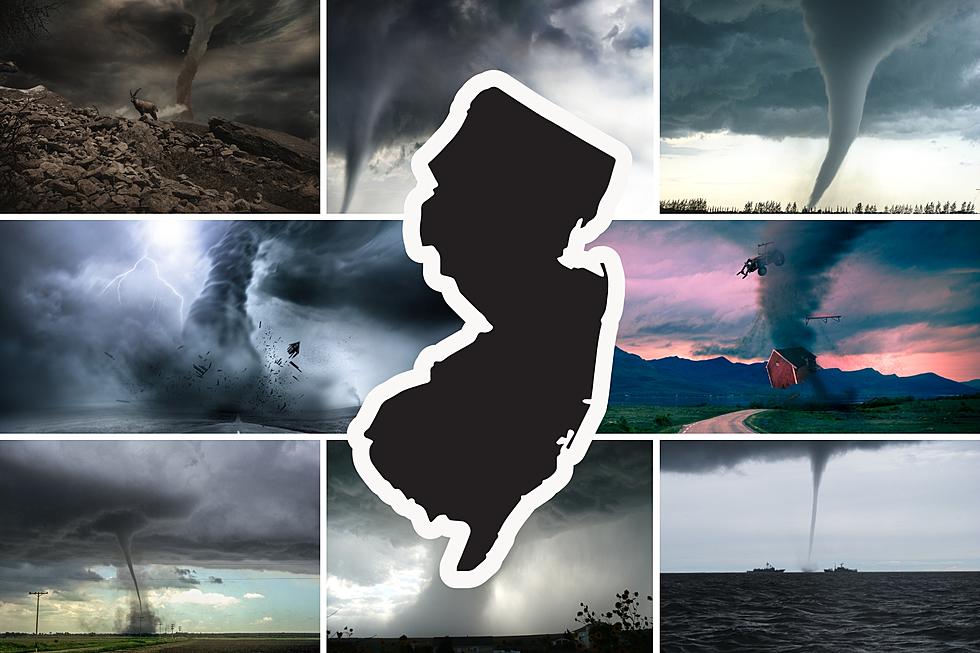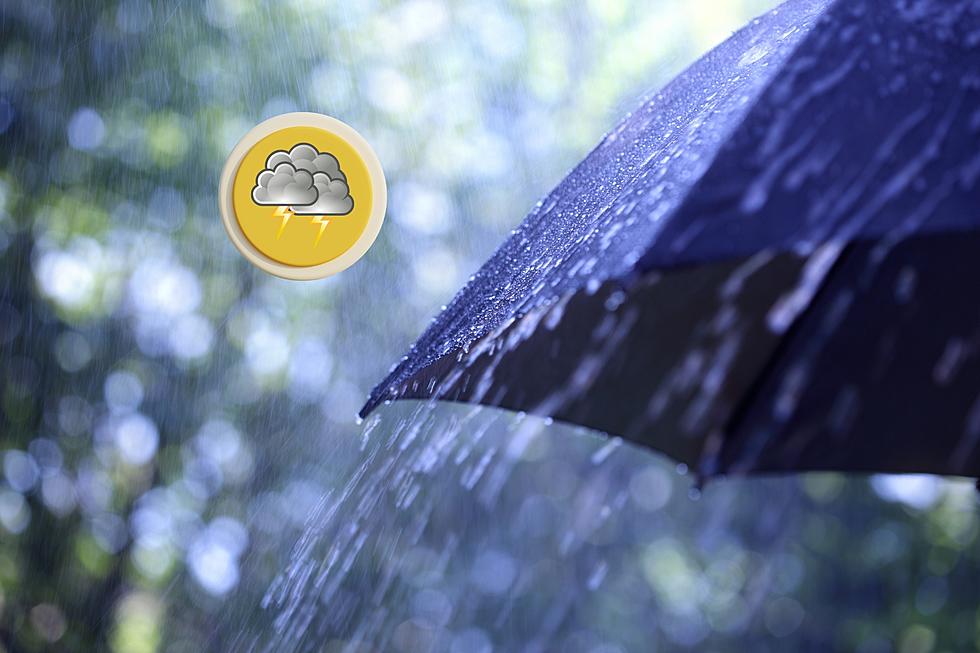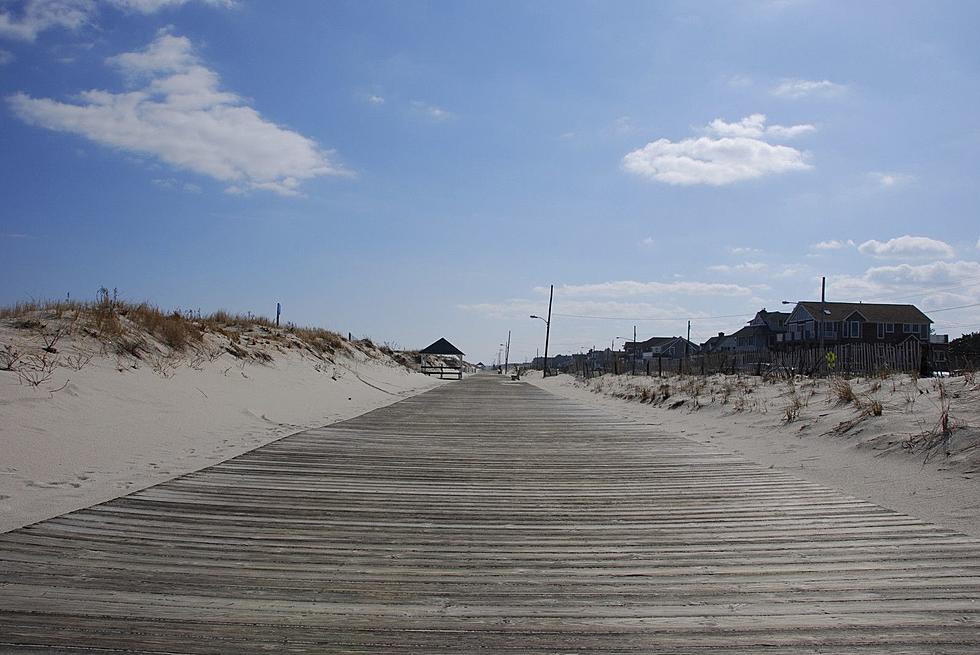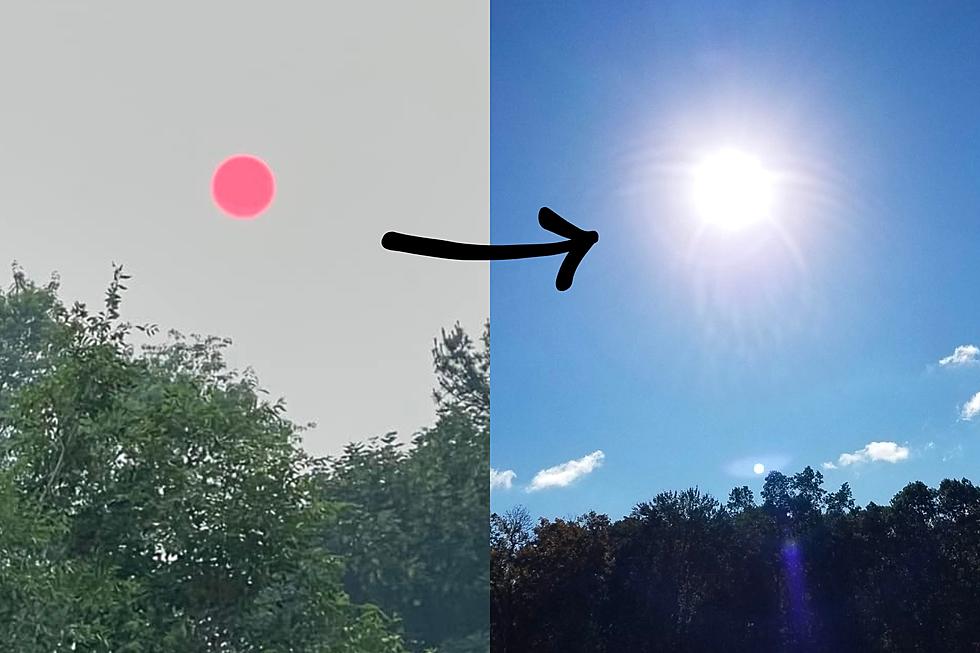
#GreatAmericanEclipse2017: What did we learn, New Jersey?
Our resident weather and science expert reviews 8 takeaways from Monday's solar eclipse.
Wow, what a show! For some of us. If you weren't in the path of totality (from Oregon to Georgia) and didn't have solar glasses, the eclipse was probably pretty lame.
Regardless, here are a few lessons to remember from this cosmic spectacle.
1.) If you can read this message clearly, you didn't go blind from staring at the sun. Congratulations, you survived the eclipse!
2.) Solar eclipse glasses were hotter than Hatchimals. Both impossible to find, and a very expensive last-minute proposition. And, just like Hatchimals, once the demand (i.e. the eclipse) subsided, the product became pretty much useless.
3.) Some New Jerseyans saw something. Obviously, it's not every day that the almighty sun disappears. Even if you got a partial view of the moon blocking the sun, it was still pretty cool.
4.) But many were disappointed by the hype. I kept urging New Jerseyans to remain realistic about this partial solar eclipse. 70 to 80 percent obscuration means 20 to 30 percent sunlight. And that's still pretty bright.
5.) What a great real-life science lesson. Both children and adults had front row seats to one of Mother's Nature's most raw and spectacular phenomena. Hopefully everyone walked away with at least knowledge of why a solar eclipse happens (Sun-Moon-Earth), and how it's different from a lunar eclipse (Sun-Earth-Moon) and Armageddon (Moon-Sun-Earth).
6.) The eclipse affected our weather. You were watching the sky, while I was watching the thermometer! I estimate about a 5 to 7 degrees drop in temperature statewide during the lunar transit across the sun. I fully believe the eclipse is responsible for South Jersey missing 90 degrees Monday (top temperature was 88). Solar radiation also dropped dramatically by a factor of ten, as you might expect. There may have been indirect impacts on wind, pressure, convective potential, etc. that are not as obvious.
7.) Those in the path of totality were treated to an awesome show. Seriously, did you watch the NASA live feed? Those guys were crazy excited. But did you see the photos and videos from the path of totality? The excitement was well justified.
8.) Next total solar eclipse in the U.S. is in April 2024. Mark your calendars! I might cross off abucket list item by traveling to Buffalo, N.Y. or Maine to experience totality.
More From 92.7 WOBM










